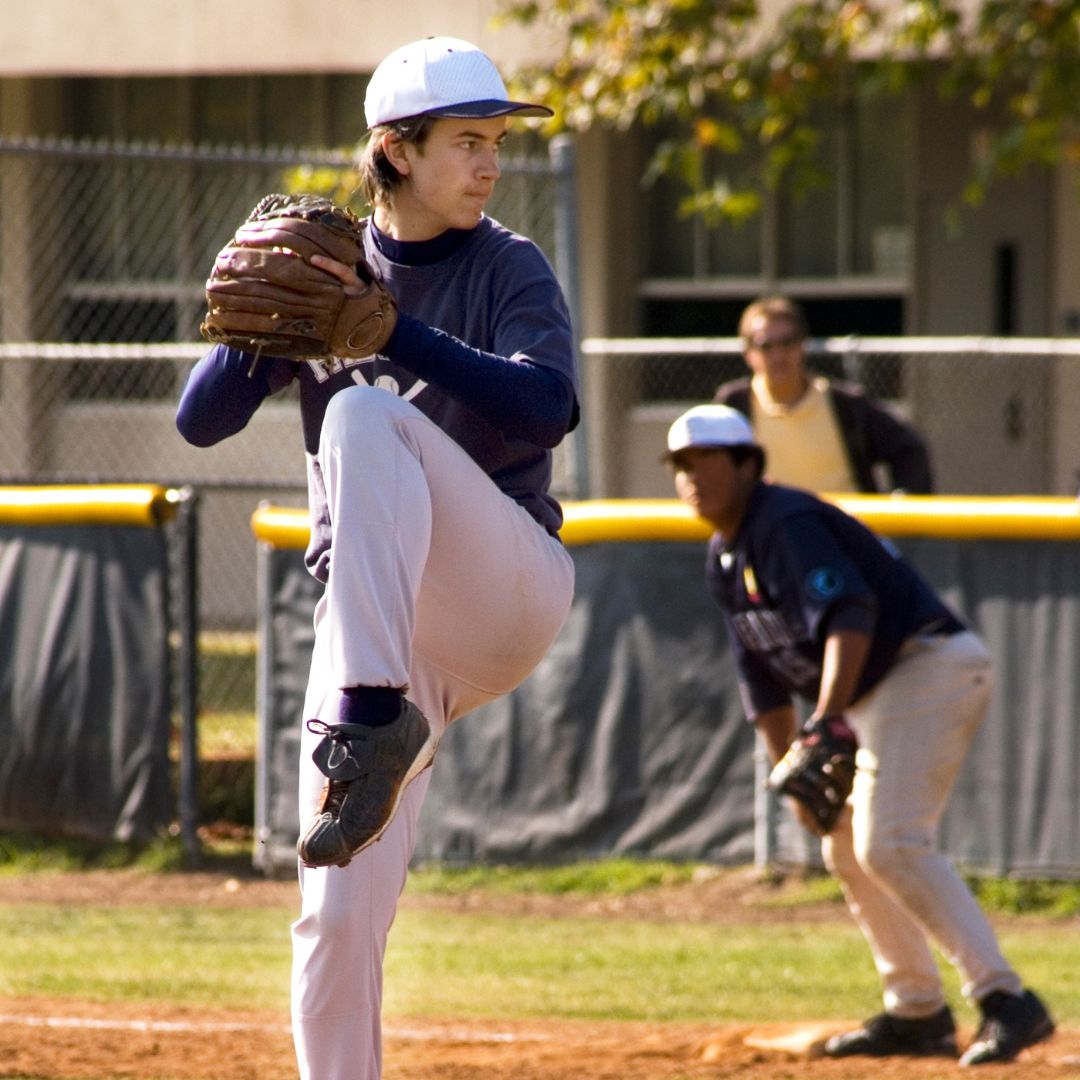How to prevent knee pain during running or exercise –
PART 2 – The Foot
To follow up our previous blog, knee pain during running is often caused by an injury or dysfunction elsewhere. Part 1 explained the connection of the hip with the knee and how weakness, instability and tightness in the hip can cause knee pain during running or other forms of exercise. This blog will focus primarily on the foot and its relation to the knee and how its health can prevent knee pain during running.
Important foot anatomy:
The foot consists of 26 bones that make up 33 joints. There are four layers of muscles that consist of intrinsic (beginning and ending in the foot) and extrinsic (beginning above the foot and ending in the foot) muscles. These muscles work on the ankle – plantarflexion (toes pointed), dorsiflexion (toes up toward body), inversion (toes in) and eversion (toes out) – as well as the foot – control the arches, flex and extend the toes, separate and curl the toes, pronation (poor arch), supination (higher arch) and much more! It often appears that there is not a great amount of movement in the foot, however, there is an exceptional amount of mobility and control required in order for us to complete weight bearing tasks efficiently and safely.
An older blog goes into more specific anatomy and function of the foot.
The sabotage of the foot – The Shoe:
The foot has been set up for failure for hundreds, if not thousands, of years. Shoes used to be a sign of wealth and help protect our feet from rough terrain or rocky surfaces. But in fact, shoes ruin our feet. Our feet are supposed to be robust and ugly structures. Instead, shoes have created narrow feet with crooked toes and poorly controlled arches. The foot has destroyed our feet for the following reasons:
-
Narrow body and toe box
The widest part of our feet should be the toes – not the base of the toes. Narrow shoes create conditions such as hammer toes and bunions. By narrowing the foot, we are limiting our foot’s ability to function. For example, try crawling with a fist or fingers stuck together. Or – try writing or typing with fingers stuck together. Wider feet = wider base of support = increased stability and balance.
-
Heel support
The heel support allows the heel to remain comfortable as we strike the ground during walking and running. Although, during running, we should hit the ground with midfoot or forefoot first, but that is a much longer discussion. This heel support also puts our foot into slight plantar flexion at all times; similar to being in high heels but less drastic of course. Therefore, being in shoes allows our tissues to tighten into this position and prevent the opposite (dorsiflexion). Dorsiflexion is crucial for walking, squatting, lunging, stairs and sports movements. Without it, you leave the rest of the body susceptible for injury. Refer to another old blog to learn about regional interdependence and how body segments connect. In conclusion, heel support puts your ankle and foot in the same position as a high heels which can lead to injuries such as plantar fasciitis and achilles tendonitis.
-
Cushion
We all love fluffy, comfy things – mattresses, pillows, rugs and of course shoes. Yes cushion is good for comfort, however, it is not good for the foot and its greatest function. As stated previously, the foot is the first to communicate with the brain upon foot strike. With a cushioned shoe, you are not letting the bottom of the foot feel anything on the ground. Therefore, it is decreasing its ability to convey the environmental information to the brain for proper response. Also, as you continue to mask this function, the foot will lose its pathways. In response, it is easier to sprain an ankle, get heel pain while walking inside, lose arch position sense and more. Do you navigate the environment while wearing a blindfold over your eyes? No – because you’d lose the ability of your eyes to tell your brain where it’s going or what is happening. Shoes are blindfolds for your feet.
How the foot helps to prevent knee pain during running:
When our body strikes the ground, the foot is the first line of defense. We hit from the heel (during walking) or midfoot (during running) and we react up to the hip and core. The foot is highly sensitive to be able to interpret the ground and communicate with the brain what needs to be done. For example, if you step on a rock, the foot sends that information up to the brain to tell it to move the foot away from the painful rock.
Another important role the foot plays in running is propulsion. The foot is initially very mobile as it hits the ground. Those 33 joints conform to the ground to reduce impact up the chain. However, once you are ready to move forward, the foot turns into a rigid, stable base to allow for the muscles to properly propel the body.
If the foot does not react properly to the ground, whether it be from instability or poor communication to the brain, the whole leg will become out of alignment. When the foot hits properly, the knee and hip will align well to keep the stance stable. However, if the foot pronates as it strikes the ground, the knee will fall inward as well. This common phenomenon is known as Genu Valgum. When the knee falls inward during walking, running and/or landing, the risk of ACL or other knee injuries is extremely high. Additionally, it puts a lot of stress on the inside and outside knee joint. This will often accelerate the degenerative process and lead to early onset of arthritis in the knee.
How to strengthen the foot to prevent knee pain during running:
-
Full body strengthening:
It is important to strengthen and stabilize the whole lower extremity. Therefore, working on single leg stance and landing as a whole, is very crucial in preventing knee pain and injury during running or exercise. This will encompass some extrinsic ankle musculature as well. Exercises such as: single leg stance, single leg RDLs and calf raises
-
Intrinsic foot strengthening:
Strengthening the small muscles of the foot that work primarily on the arches are essential. Being able to control the arch can override poor anatomy (high arches or low arches). When we hit the ground, our arch must change from a mobile to a rigid structure quickly and strongly. Therefore, it is beneficial to perform exercises such as: foot pushup (short foot), marbles, towel crunches, toe curling and toe splaying
-
“Toga” – Toe Yoga
As previously explained in the section of shoewear, shoes have created narrow feet and toes. Therefore, it is important to counteract this and help widen our toes. With this will come an increased base of support, as well as increased efficiency of the connecting muscles. Thus, performing exercise to improve toe mobility will help allow better form when hitting the ground and prevent injury or knee pain during running.
-
Walk BAREFOOT as often as possible.
Walking barefoot will improve the communication from the foot up to the brain. This will allow for better reaction time, improved muscle recruitment and decreased injury risk.
Take home messages:
The feet are our primary defense against the environment. It is a highly sensitive extremity that sets the tone for the knee, hip and back when we strike the ground. Consequently, it is important to keep it healthy and efficient! Performing the attached and explained exercises will help create a healthy and strong foot and will further lead to decreased knee pain during running.
EXERCISE TO HELP PREVENT KNEE PAIN DURING RUNNING:
“Toga”:




